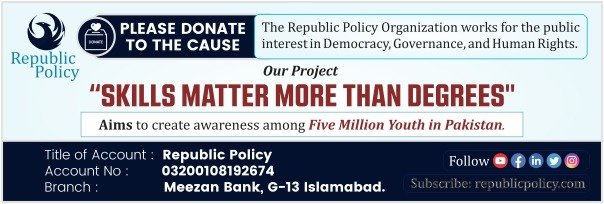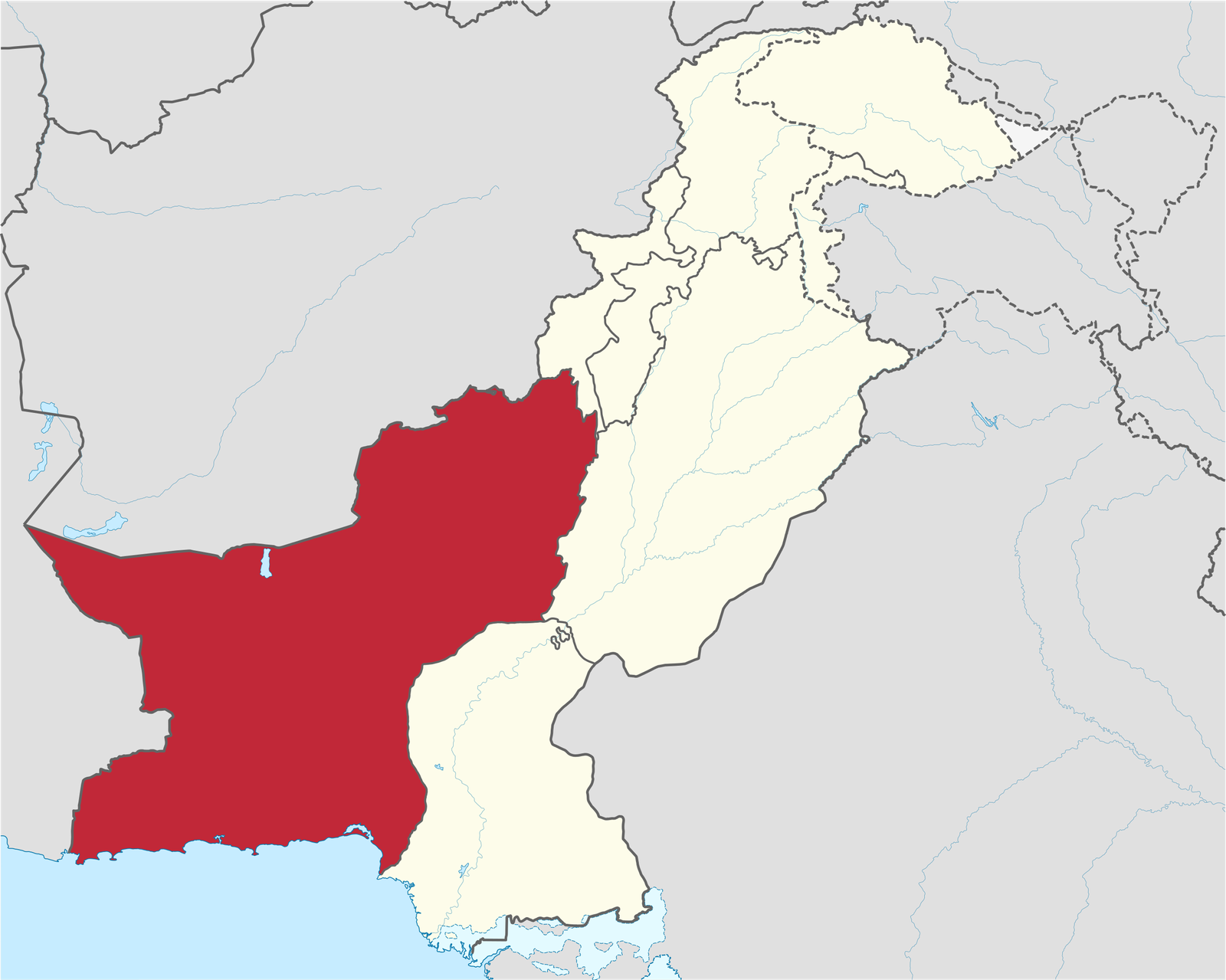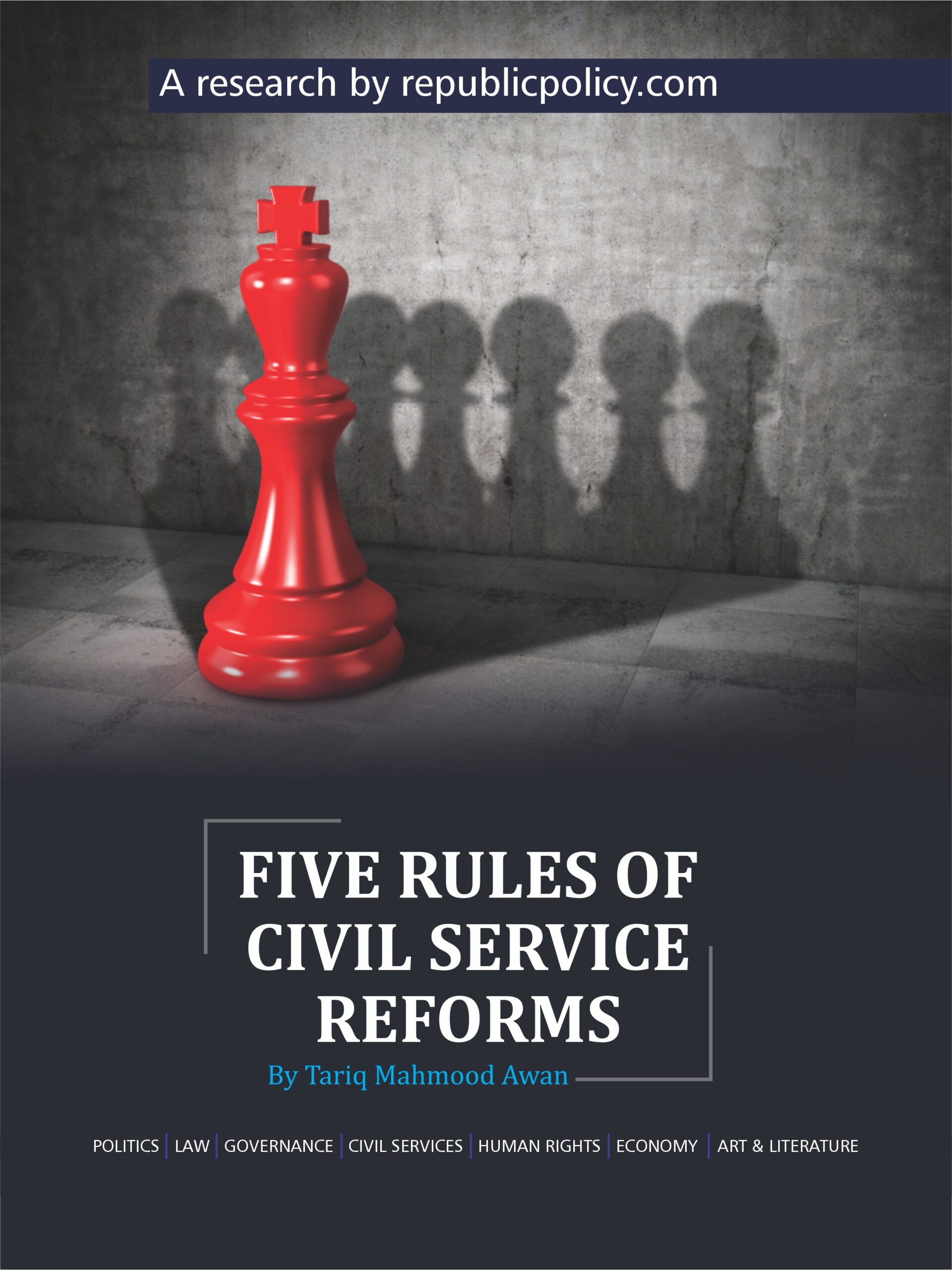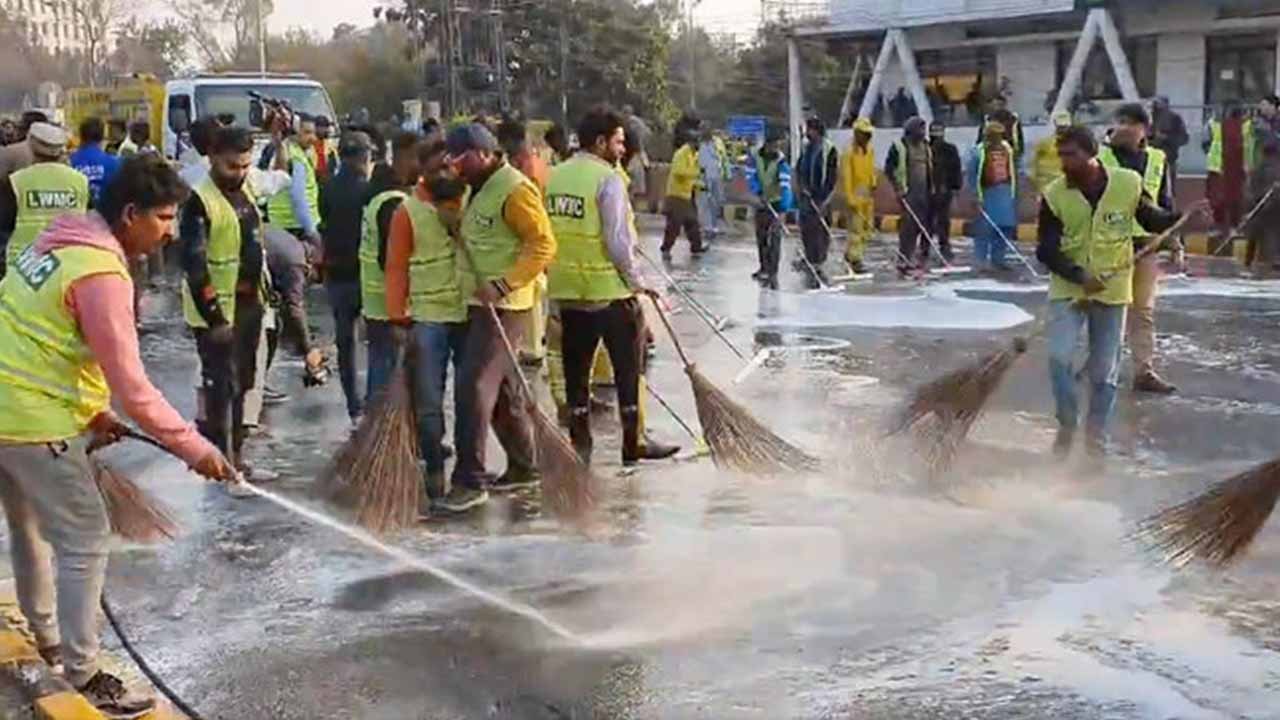Editorial
Pakistan today stands at a crossroads where it is no longer possible to treat natural disasters as mere accidents or emergencies—they must be recognized as an essential part of governance and policy. Repeated earthquakes, floods, cloudbursts, and landslides not only cause loss of human lives but also severely damage the economy, infrastructure, and social stability. Despite this, federal and provincial governments have failed to invest adequately in technology, resulting in a response that remains largely confined to emergency relief and post-disaster repair. The reality is that if comprehensive preparation is undertaken before a disaster, the costs are lower, and the outcomes are far more effective.
Follow Republic Policy Website
This challenge is fundamentally rooted in gaps in policy design and institutional implementation. Instead of making environmental management a central part of development planning, it is often treated as a secondary sector. Lack of funding, weak human resources, and poor coordination among institutions have made the situation worse. Although various agencies collect data, it is neither shared in time nor available in standardized formats, ultimately making timely decision-making impossible. Moreover, local governments and communities remain insufficiently integrated into this system, resulting in slow and ineffective ground-level responses.
Follow Republic Policy YouTube
Many countries across the world have demonstrated that investment in technology can significantly reduce disaster risks. Early warning systems, GIS-based environmental mapping, and real-time data analysis are tools that provide countries with advance alerts and effective planning. In Pakistan, these systems exist only partially, but unless they are strengthened with proper funding, local expertise, and integrated institutional frameworks, they cannot perform to their full potential. The case is clear: a robust warning system not only saves lives but also reduces the long-term economic burden. Timely alerts allow for evacuation, reduce pressure on hospitals, cut down relief costs, and ensure quicker resumption of productive activity.
Follow Republic Policy Twitter
If Pakistan is truly committed to changing its policy approach, it must make consistent, long-term investments in technology. Such investments should not be limited to procuring equipment but must also include operations and maintenance, workforce training, and the inclusion of local industry. At the same time, strict enforcement of earthquake-resistant building codes is essential, urban drainage systems need redesign, and infrastructure that can withstand floods must be prioritized. The private sector, universities, and communities must also be engaged, ensuring that disaster preparedness does not remain confined to government offices but has tangible effects on the ground.
Follow Republic Policy Facebook
It is equally vital that transparency and accountability be placed at the center of this entire process. Public dashboards, open data access, and annual “Disaster Preparedness Audits” can reveal the gap between government promises and actual performance. Similarly, community-level drills, awareness programs, and volunteer networks can ensure faster and more coordinated responses in times of crisis. Disaster management is not merely a matter of technology or infrastructure—it is also a question of justice and equity, since low-income areas, informal settlements, and marginalized groups are always the hardest hit. Prioritizing these communities in preparedness planning is therefore both a moral and social responsibility.
In conclusion, the only sustainable way for Pakistan to cope with environmental threats is to mainstream climate resilience into development planning. Technology, institutional coordination, human resource training, and legal enforcement must be adopted in an integrated manner. A wiser strategy than patching up damage after a disaster is to strengthen preparedness before disaster strikes—ensuring the protection of lives, economic stability, and sustainable social development.















